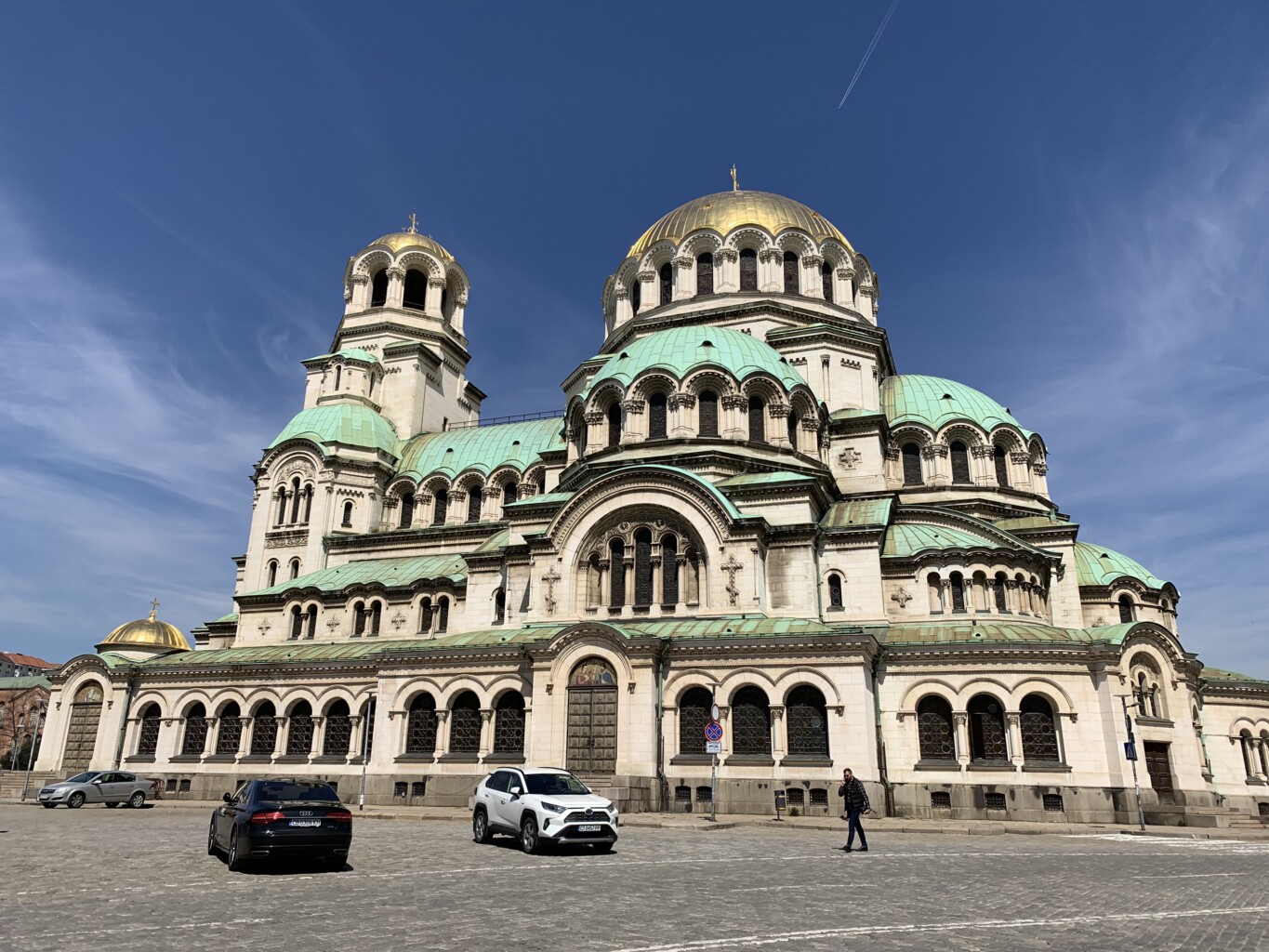
If you are considering traveling to Bulgaria, I believe that there are a few things that you should know before you decide to book your flight and hit the road. On my mission to travel to every country in the world, Bulgaria was naturally a key destination. After spending a good amount of time traveling around the country, I put together this resource to share my honest impressions of Bulgaria and the information I wish I had known beforehand. This guide aims to enhance your understanding of the country and make your trip more enjoyable.
Table of Contents
What has shaped present-day Bulgaria:
Ottoman Rule (1396–1878)
Bulgaria was under Ottoman control for nearly five centuries. This long period of Ottoman dominance left a lasting impact on Bulgarian culture, cuisine, music, and architecture. Ottoman architecture can still be seen in mosques, baths, and bridges across the country. The religious tolerance enforced by the Ottomans is reflected in the diverse religious landscape of Bulgaria today, where Orthodox Christianity coexists with Islam and other faiths. Culinary influences are also notable, with Turkish dishes integrated into Bulgarian cuisine, such as Baklava or Banista similar to the Turkish börek. However, the strong influence of Ottoman culture also led to a decline in Bulgarian economic and cultural life. Numerous uprisings against Ottoman rule occurred, reflecting the Bulgarians’ desire for independence.
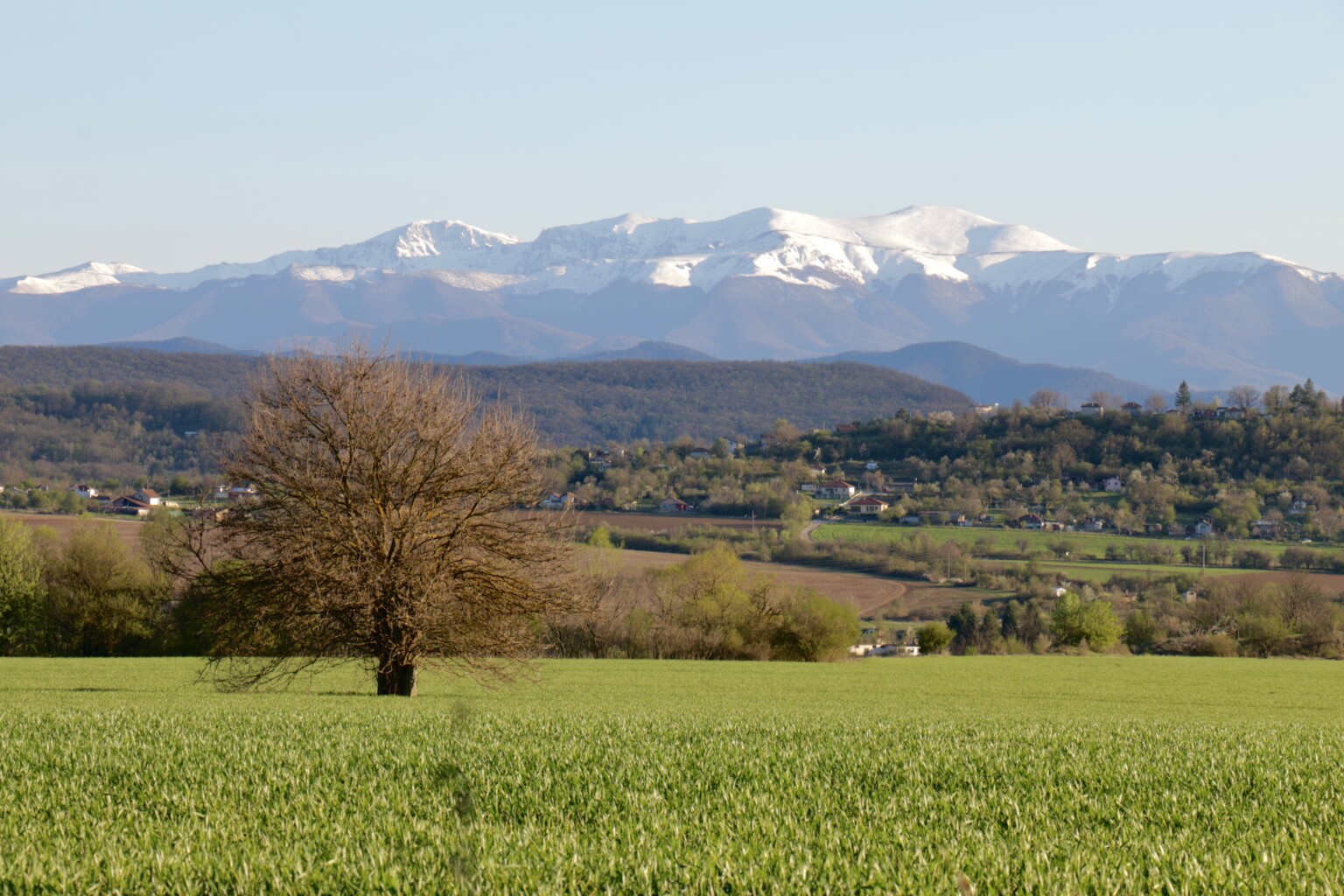
Liberation and Independence (1878–1908)
The Russo-Turkish War of 1877–1878 led to the liberation of Bulgaria from the Ottoman Empire after nearly five centuries of Ottoman rule. The Russo-Turkish War significantly improved ties between Bulgaria and Russia as the role of Russia was pivotal in this conflict, as it was primarily Russian troops, along with Romanian, Finnish, and volunteer forces from various Balkan countries, that fought to liberate territories inhabited by Slavic and Orthodox Christian peoples, including Bulgarians.
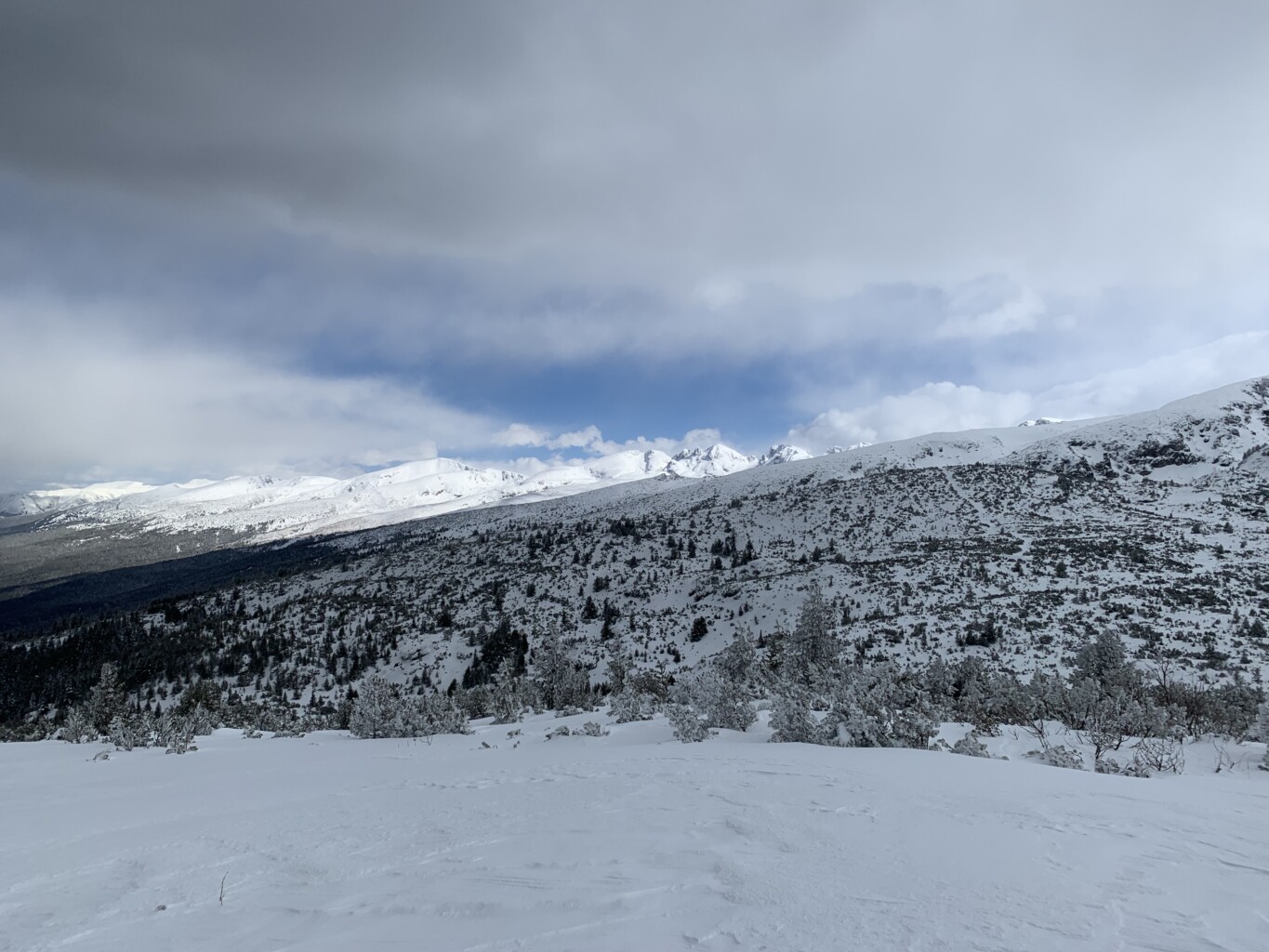
The war culminated in the Treaty of San Stefano, signed on March 3, 1878, which proposed the creation of a large Bulgarian state. Although the subsequent Treaty of Berlin, signed in July 1878, reduced the territory and autonomy of Bulgaria, creating the Principality of Bulgaria, was a vassal state of the Ottoman Empire but with a significant degree of autonomy.
The initial liberation and the establishment of the Principality of Bulgaria were seen by Bulgarians as a result of Russian sacrifice and support and forged a strong bond of gratitude and cultural affinity between Bulgaria and Russia, rooted in shared Slavic heritage and Orthodox Christianity. For many years, Russia was perceived as a liberator and a key ally by Bulgarians, influencing Bulgaria’s political orientation and foreign relations in the years following its liberation. However, only in 1908 did Bulgaria declare full independence from the Ottoman Empire.
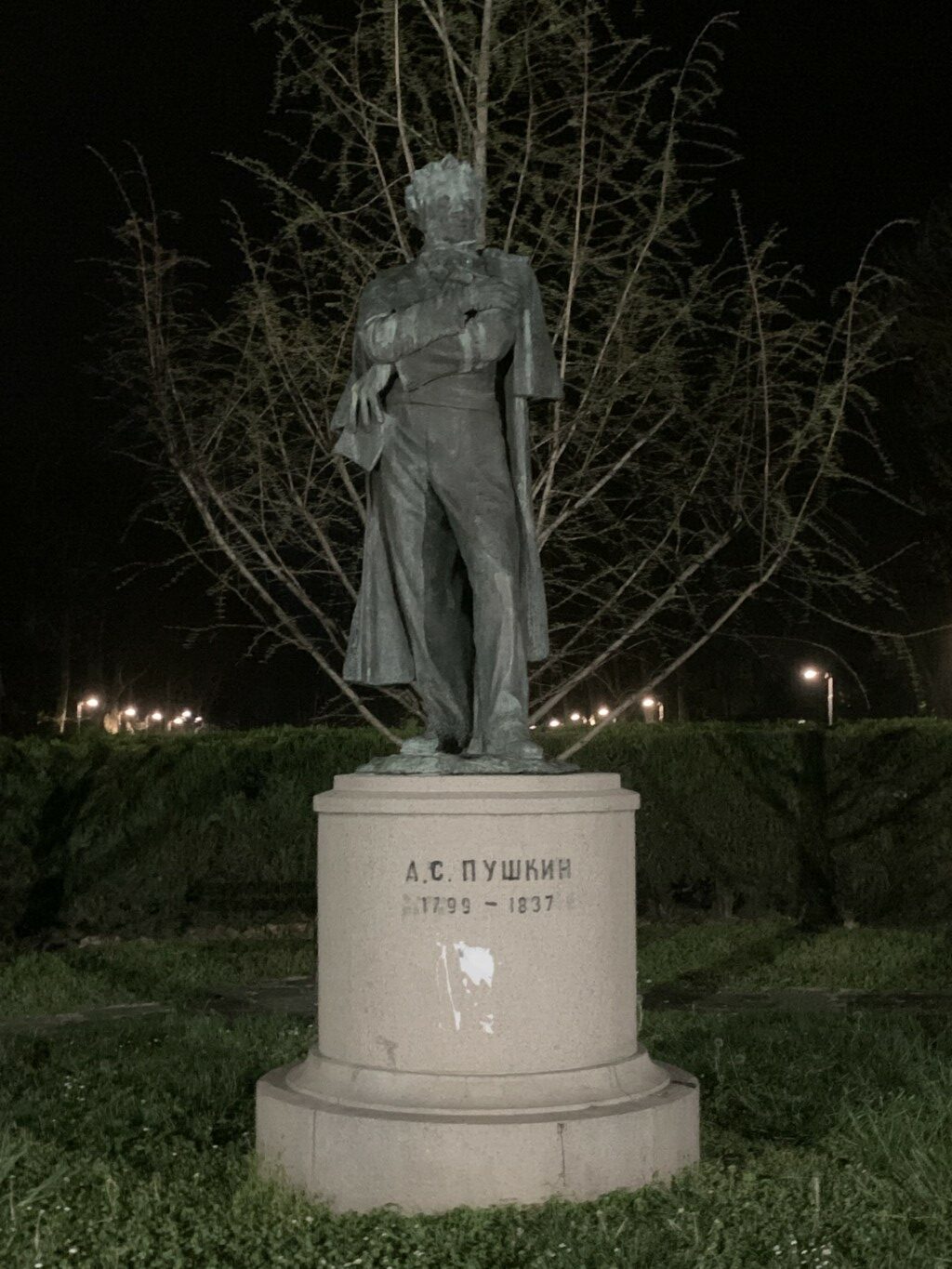
Balkan Wars (1912–1913)
Bulgaria participated in two Balkan wars. The First Balkan War started primarily because of the shared desire of the Balkan League (comprising Bulgaria, Serbia, Greece, and Montenegro) to seize territories from the weakening Ottoman Empire. The Balkan states were motivated by nationalist aspirations to liberate and unite territories inhabited by their ethnic kin. For Bulgaria, the main goals were to capture the Ottoman-held territories of Thrace and Macedonia, regions with significant Bulgarian populations. The war ended with the Treaty of London in May 1913, which forced the Ottoman Empire to cede almost all of its European territories to the Balkan League. Bulgaria gained a substantial portion of Macedonia and part of Thrace, including access to the Aegean Sea.
The Second Balkan War broke out due to disputes among the Balkan League members over the division of the territories conquered from the Ottoman Empire. Bulgaria was dissatisfied with the distribution of Macedonian territory, particularly with the areas claimed by Serbia and Greece. Tensions escalated, and Bulgaria launched a surprise attack against its former allies in June 1913. The Second Balkan War ended with the Treaty of Bucharest in August 1913 and the Treaty of Constantinople with the Ottoman Empire. Bulgaria suffered significant territorial losses: it had to cede much of its newly acquired Macedonian territory to Serbia and Greece, and Southern Dobruja to Romania. Additionally, the Ottoman Empire regained some territory in Thrace, reducing Bulgaria’s access to the Aegean Sea.
World War I
During World War I, Bulgaria entered on the side of the Central Powers (Germany & Austria-Hungary), motivated by the desire to regain territories it had lost during the Second Balkan War, particularly in Macedonia. The Central Powers promised Bulgaria territorial gains at the expense of Serbia, Greece, and Romania, which was a key factor in Bulgaria’s decision to join them. Following a series of military setbacks on the Macedonian Front and the outbreak of social unrest and rebellion within the country, the situation became unbearable for Bulgaria and therefore sought an armistice, which was signed on September 29, 1918, at Thessaloniki, making it the first of the Central Powers to exit the war.

World War 2
During World War II, Bulgaria had a complex role that evolved throughout the conflict. Initially declaring neutrality, Bulgaria eventually aligned with the Axis Powers. The decision to align with the Axis was influenced by promises of territorial gains in Thrace and Macedonia at the expense of Yugoslavia and Greece, as well as to avoid military conflict with Germany. As the war progressed and the tide turned against the Axis Powers, Bulgaria sought to realign itself. Following King Boris III’s death in 1943 and the advancing Soviet army, Bulgaria declared neutrality in 1944 and later joined the Allies. In September 1944, after the Soviet Union declared war on Bulgaria, the country swiftly changed sides and declared war on Germany.
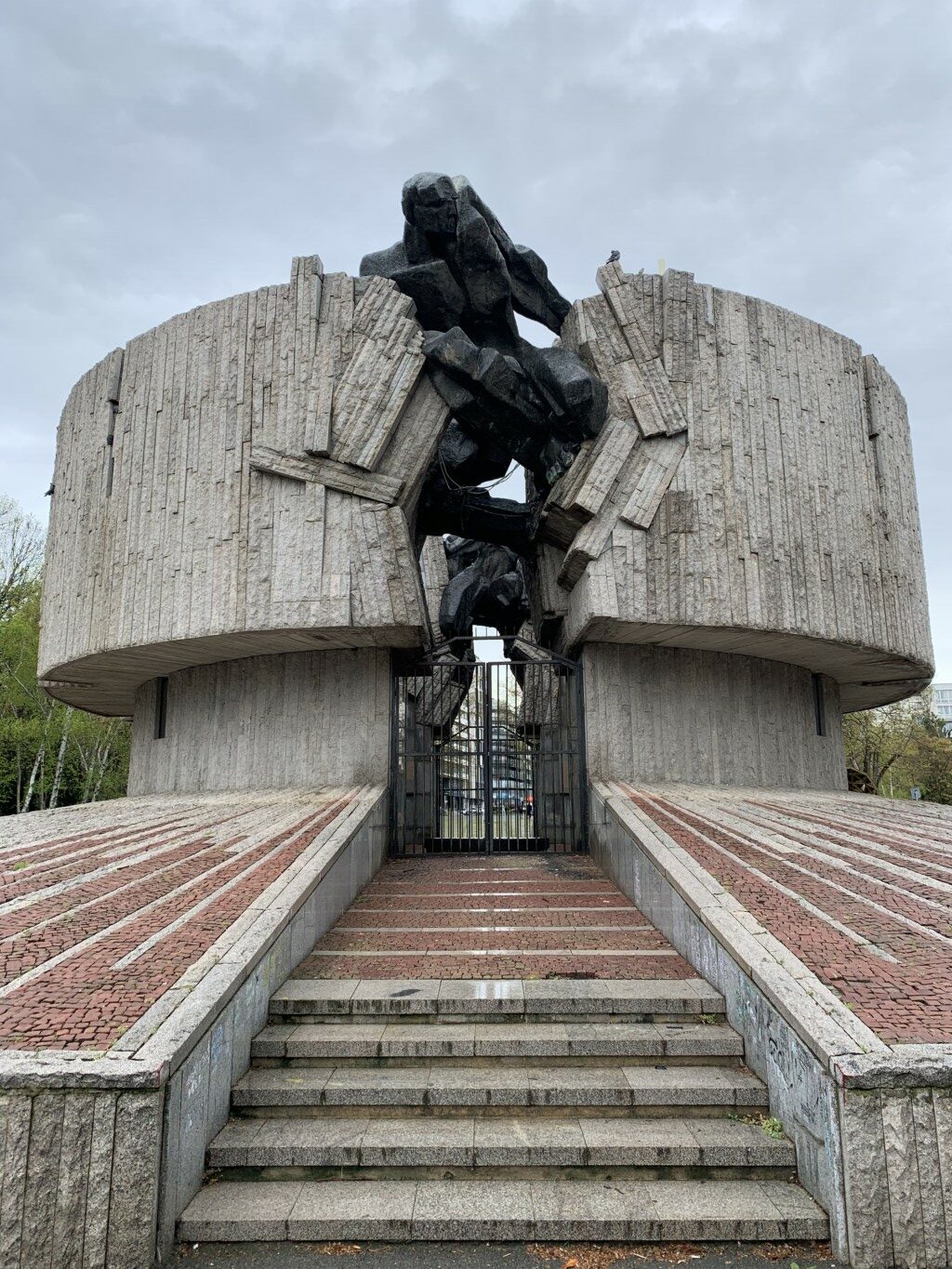
Communist Period (1946–1989)
The end of World War II saw Bulgaria occupied by Soviet forces, leading to the establishment of a communist government closely aligned with the Soviet Union, which profoundly impacted the country in various ways, reshaping its political, economic, social, and cultural landscape. While the official stance of the Bulgarian government was one of friendship and cooperation with the Soviet Union, public perceptions were more nuanced. There was an appreciation for the Soviet role in Bulgaria’s liberation from Nazi occupation and its support during the early years of communist rule. However, there was also resentment and skepticism towards the perceived loss of national sovereignty and the imposition of Soviet-style communism, which did not always align with Bulgaria’s own cultural and historical identity. Today there is a degree of nostalgia among some segments of the population for the perceived stability and social security of the communist era.
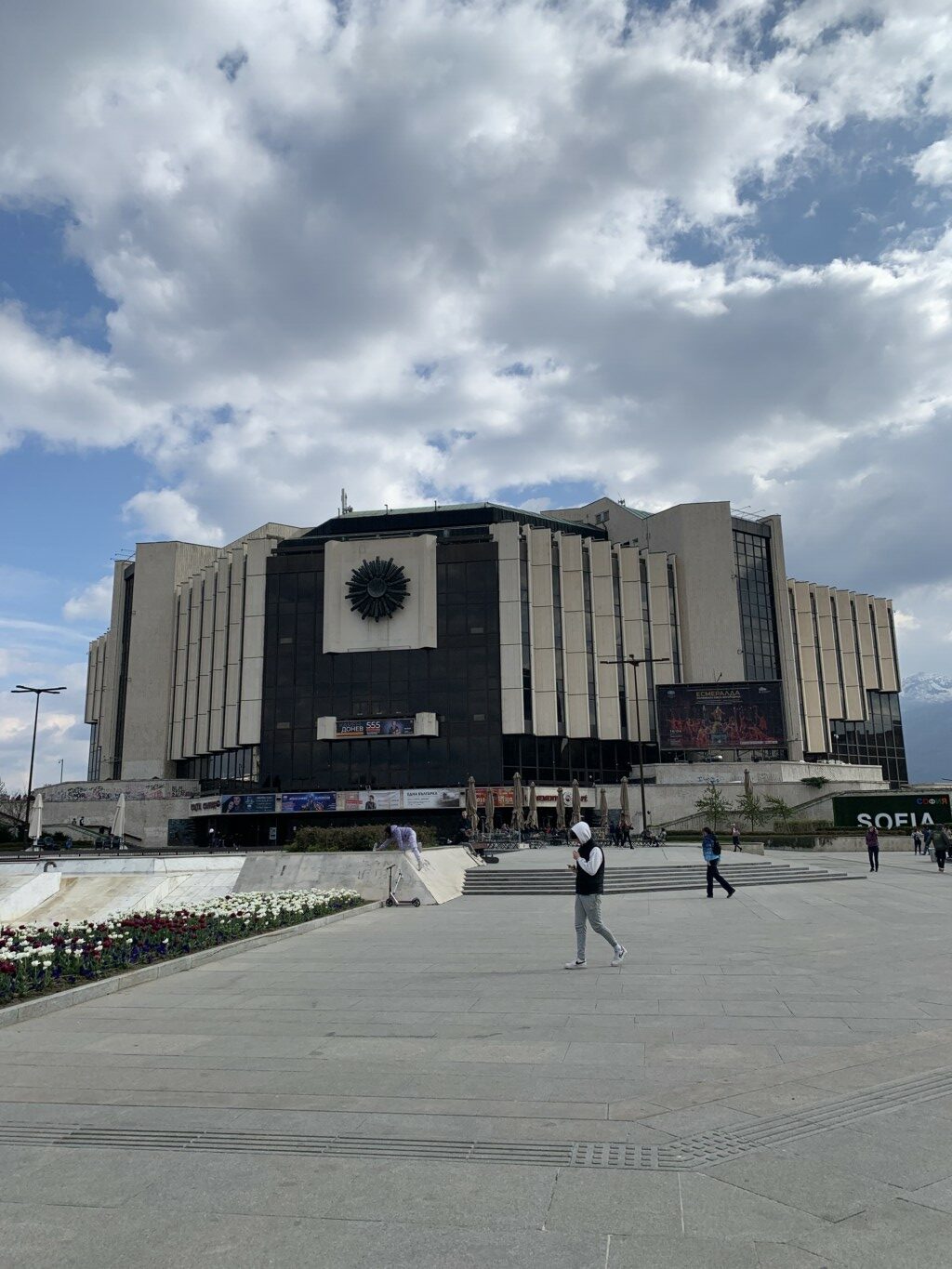
Transition to Democracy and Market Economy (1989–2007)
The collapse of the communist regime in Bulgaria in 1989 was a part of the wave of change sweeping across Eastern Europe, driven by a mix of internal discontent and external influences. Economic decline, political dissent, and social unrest within the country signaled deep-rooted dissatisfaction with the status quo, while the broader context of reforms in the Soviet Union under Mikhail Gorbachev, the fall of the Berlin Wall, and transformations in neighboring countries underscored the possibility and momentum for change.
Bulgaria’s first free elections was held in 1990. This peaceful transition marked the end of communist rule in Bulgaria, leading to the adoption of democratic governance and the beginning of the country’s integration into the European and global economy.
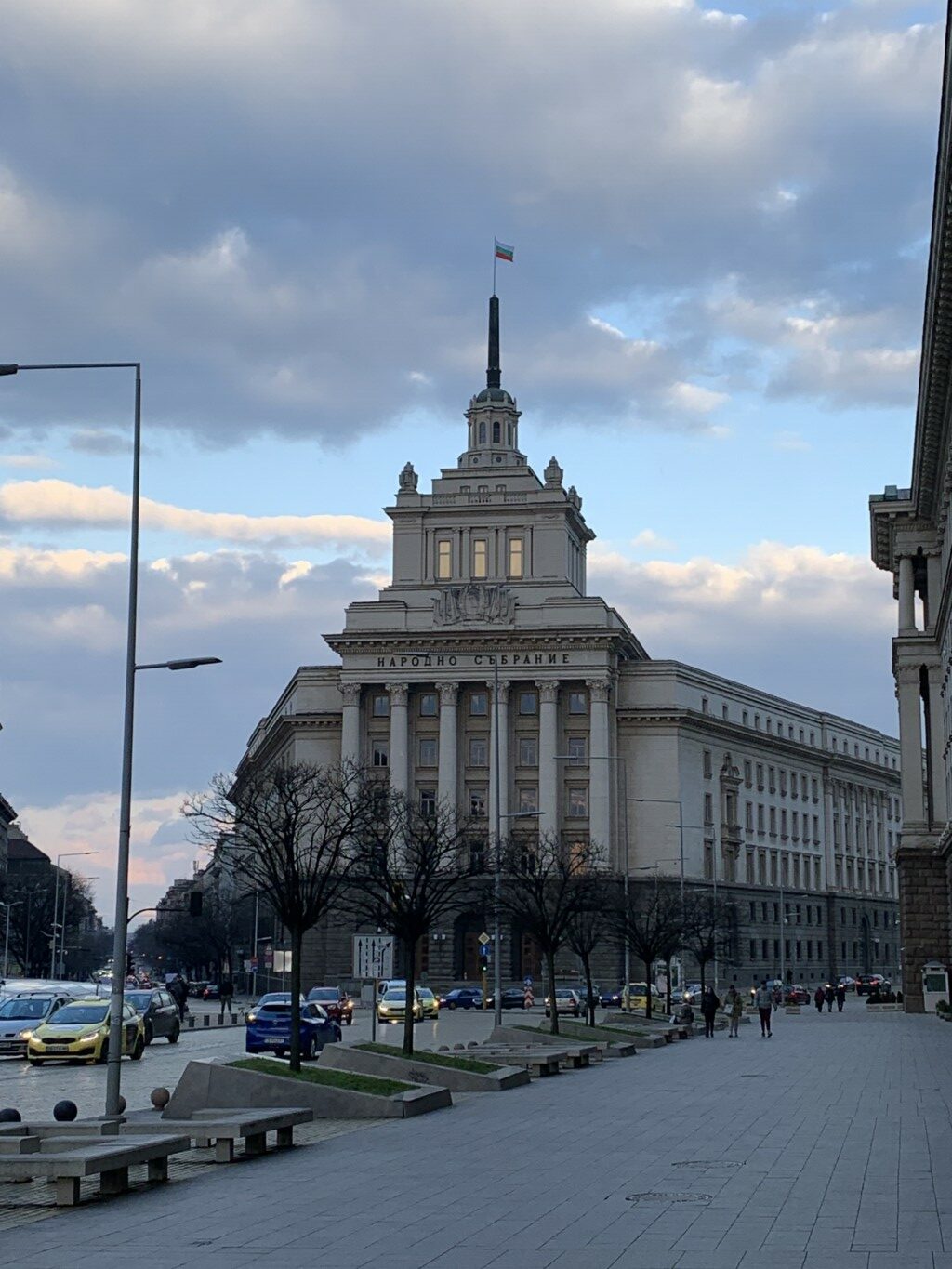
However, Bulgaria’s shift from a centrally planned to a market economy brought severe economic challenges, including industrial decline, unemployment, hyperinflation, and a banking crisis that eroded savings and destabilized finances. Corruption and mismanagement in privatization efforts worsened social inequality and discontent while deteriorating public services and political instability hindered economic reform. The crisis peaked in 1996-1997, leading to the adoption of a currency board, by fixing the Bulgarian lev to the Deutsche Mark and then to the Euro (and still is) in order to stabilize the economy.
European Union Membership (2007–Present)
Bulgaria joined the European Union on January 1, 2007, after implementing significant political, economic, and legal reforms to meet EU criteria. Membership has brought benefits such as access to EU funds and markets, but also challenges related to corruption and judicial reform.
My impressions of Bulgaria
Having visited large parts of Bulgaria, my impressions of Bulgaria suggest that it is grappling with noticeable challenges, including a significant population decline—reportedly the highest globally—and the remnants of its communist history. The evident underinvestment in many buildings and infrastructure, along with the frequent sight of abandoned and decaying structures, paints a picture of neglect. This scene extends to the countryside, where one can encounter entire villages devoid of inhabitants. This scenario is hardly surprising when considering that Bulgaria has witnessed a loss of almost 30% of its population since the fall of communism in 1989.
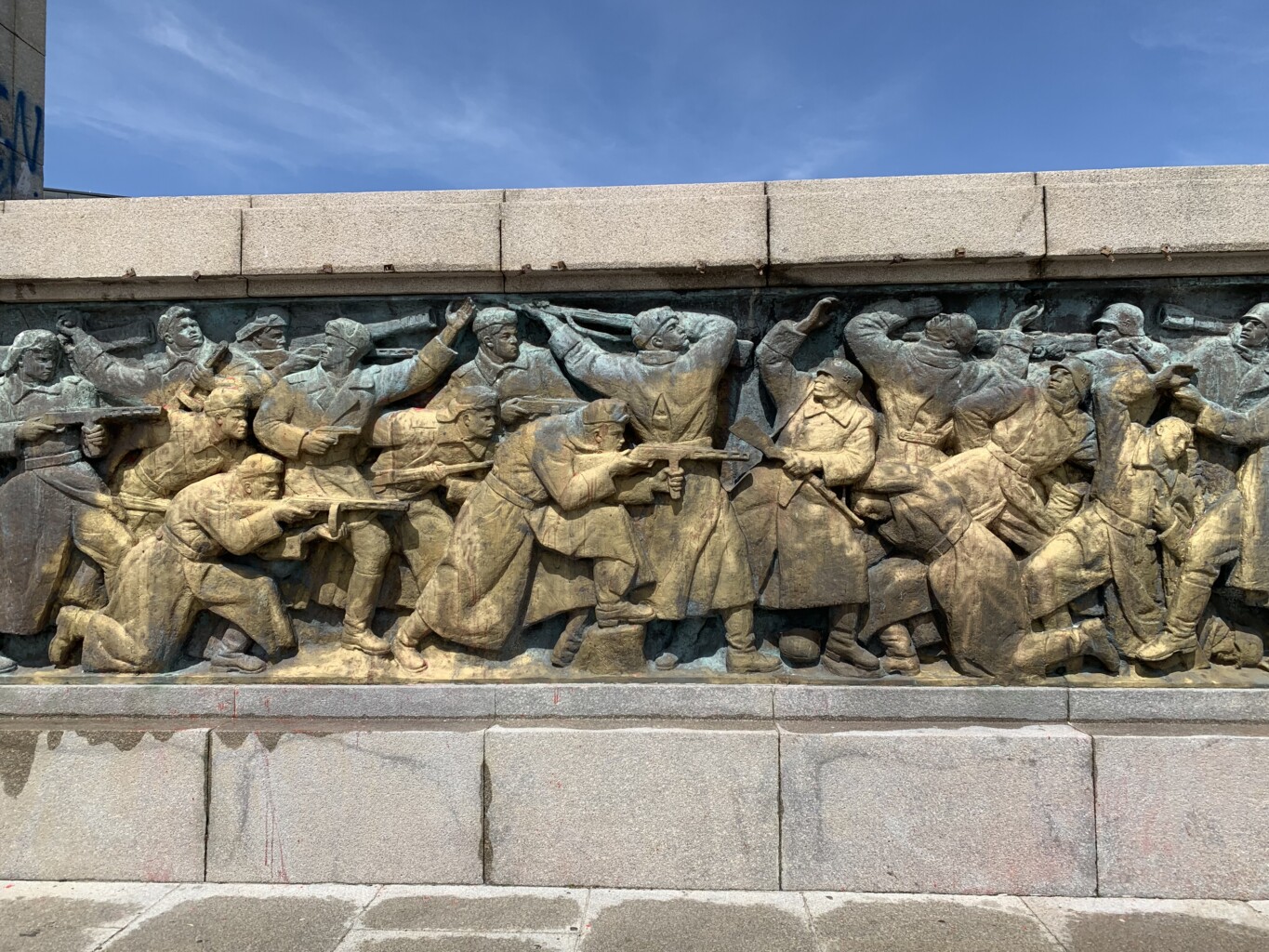
The country’s architecture shows the influence of over 40 years of communist rule, with many buildings reflecting the brutalist style typical of Eastern Europe. Moreover, my observations across various cities—Sofia being the notable exception—are that they seem frozen in time, with minimal presence of international brands, save for the occasional McDonald’s or Burger King. Conversely, Bulgaria’s EU membership is prominently displayed through signs indicating EU-funded projects, including the construction of new highways, fire stations, and hospitals, showcasing a commitment to modernization and development.
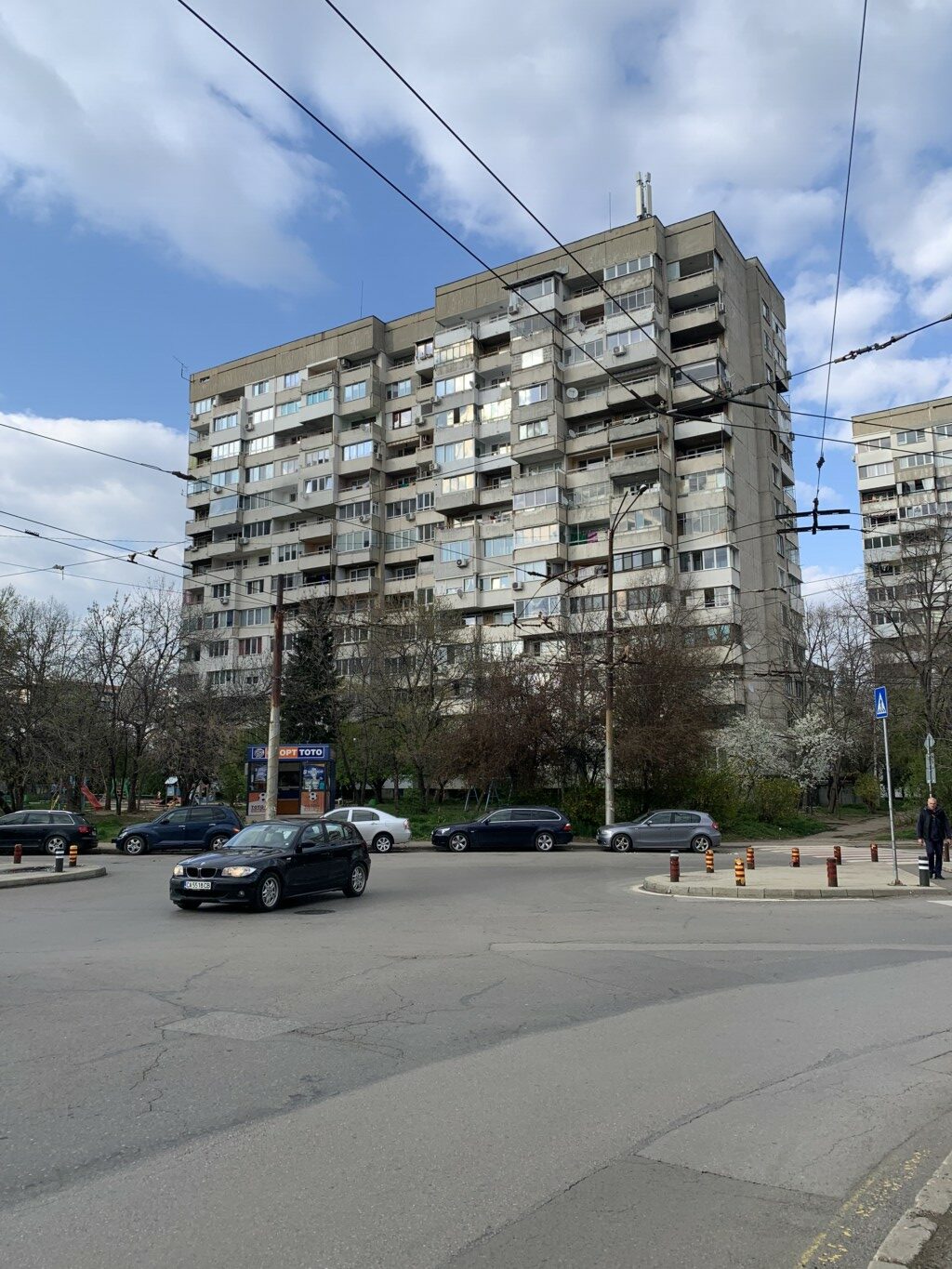
Despite this rather grim picture, there are positive aspects to Bulgaria. The country’s natural scenery is stunning, with several high mountain ranges offering unique skiing opportunities for the adventurous. Additionally, the quality of food, both Bulgarian and international, is exceptionally good and surprisingly affordable, making it a highlight of the country, and adding to the country’s appeal.
Is It Worth Visiting Bulgaria?
Despite what some travel bloggers might claim, Bulgaria is far from being suitable for every kind of traveler nor is it far from your ordinary travel destination. After exploring the country, from the western mountains to the eastern shores of the Black Sea, I’ve seen its highs and lows.
So to the question, is Bulgaria worth visiting? Well as with all things it depends…
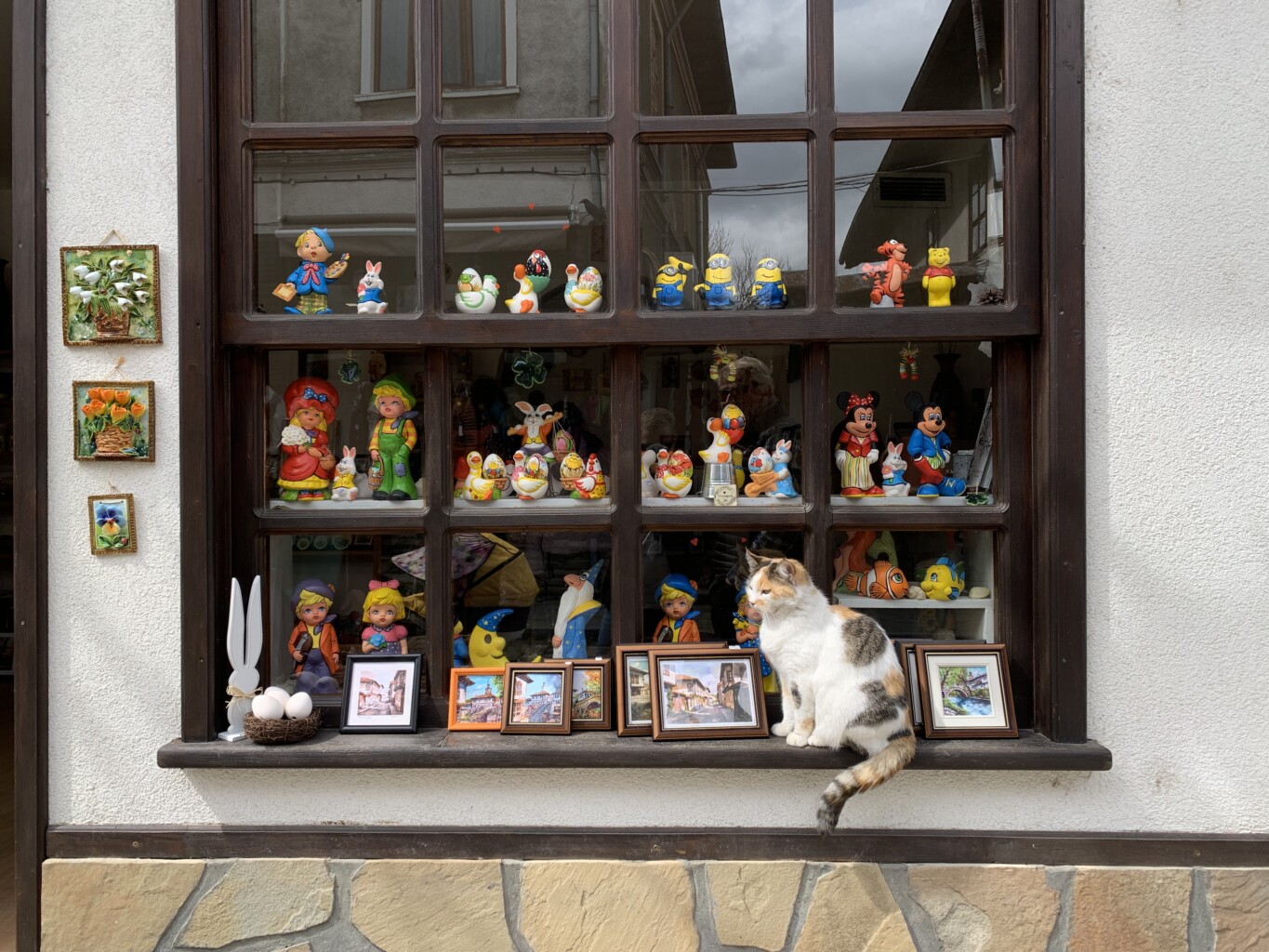
Bulgaria is best for the adventurous at heart, those willing to dive into one of Europe’s not-so-famous destinations, which is working through its communist history and facing a significant population decline. Don’t expect the infrastructure or services to match Western standards. That being said, Bulgaria is home to stunning mountain landscapes, fantastic food, and a unique Black Sea coastline, far from the beauty of the Mediterranean but still impressive.
I do want to make it clear that I thoroughly enjoyed my trip to Bulgaria and in no way would I want to have it undone. Yet I find that I rarely, if ever, regret traveling to a place and instead, I believe that the best indication of whether a destination was good or great is whether I would answer ‘yes’ to the question: ‘Would you consider going back any time soon?’ And when it comes to Bulgaria, my answer to that question is ‘no.’
With that said, it’s important to form your own opinions about countries, and the best way to do this is by visiting them and seeing for yourself! Just approach Bulgaria with an open mind and don’t expect everything to be like it is at home.
Below are the top places that I recommend that you visit while in Bulgaria
The Top Places To Visit In Bulgaria
Sofia
Your trip to Bulgaria will most likely start in the capital Sofia. The city offers an interesting blend of Social realism and older-style Baroque architecture along with a dramatic view of the nearby mountain Vitosha, which gives the city a cool dimension. The main attraction is the iconic Alexander Nevsky Cathedral, a stunning example of Bulgarian Orthodox architecture. The Vitosha Boulevard is the main street, which runs through Sofia, where you will find an abundance of shops and restaurants.
Sofia is a great destination even for a shorter 2-3 day trip, offering a variety of day trip options, whether you’re interested in nature or historical sightseeing. For nature lovers, I recommend hiking to the Seven Rila Lakes, and for those more interested in culture, a visit to the Rila Monastery is a must. For more details, check out my itinerary post, where I outline the perfect 2-day itinerary in Bulgaria.
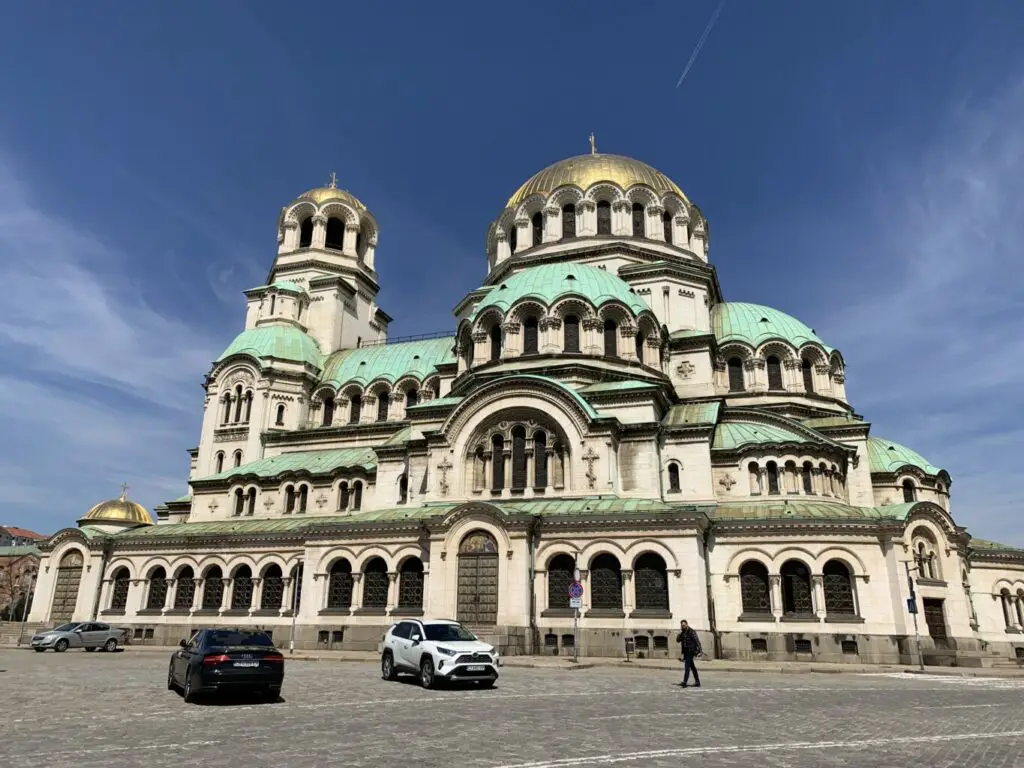
Buzludzha Monument
If you’re like me and have a fascination with unusual WW2 memorials and deserted communist monuments, then Bulgaria is home to one of the most remarkable communist monuments I’ve ever encountered: the Buzludzha Monument. Situated atop Buzludzha peak, 1,432 meters above sea level, this monument is a striking example of socialist-era design, crafted by architect Georgi Stoilov. Its flying saucer-like appearance along with the oversized hands adjacent to the monument is especially eye-catching against the rugged mountain scenery.
Once built and designed to commemorate the Bulgarian Socialist Movement and as a place to host political rallies and events, it now stands abandoned and left to decay. For more information on this spectacular monument check out my blog post, where I dive into great detail on its history, how to get there, and more.
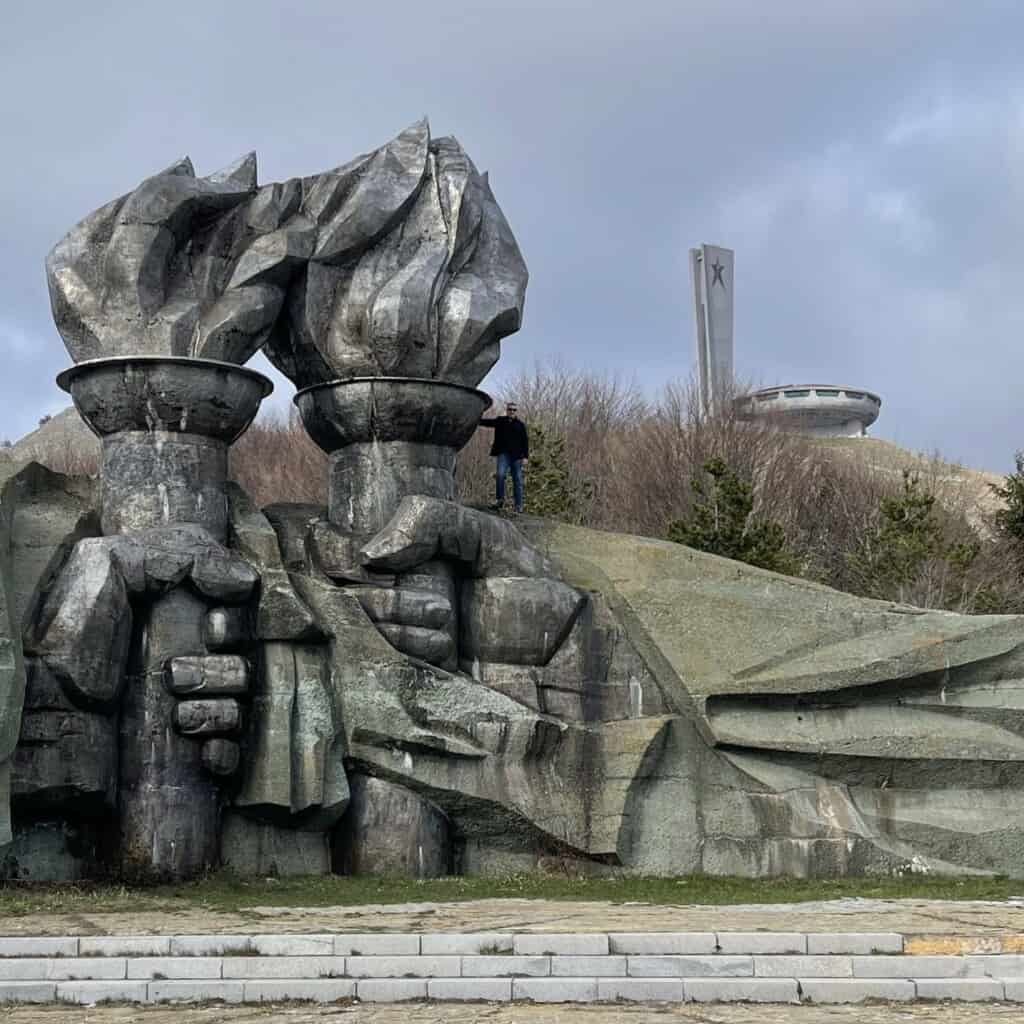
Veliko Tarnovo
Veliko Tarnovo is a historical and significant city in Bulgarian history primarily since it was the capital of the Second Bulgarian Empire, a role it played from 1185 to 1393. This period was a golden age for Bulgaria, marked by political and cultural development. The strategic location along the Yantra River and surrounded by hills gave it an important role for trade and military purposes. The city’s main attraction is the Tsarevets Fortress and the ruins of the former Palace. The city itself is quite charming with allys with traditional houses and small local stores, where you can easily spend a full day wandering around.

Burgas
Burgas is an interesting coastal town in Bulgaria located on the Black Sea, known for its port and its role as an industrial center. Burgas is one of those cities in Bulgaria where you get a feeling as if the city has been standing still in time, which makes it even more interesting in my opinion. The architecture is dominated by Soviet-style architecture, with massive apartment blocks, built during the communist era in Bulgaria. However, parks are well-maintained, the streets clean, and the city has an overall relaxed atmosphere. The city isn’t a major tourist hotspot and there isn’t too much to do in this town, however, I thoroughly enjoyed my stay in the city, due to its location by the sea, calm mood and a great selection of restaurants. Burgas is also a good place to use as a base to explore other smaller towns along the Black Sea, such as Nessebar and Sozopol.
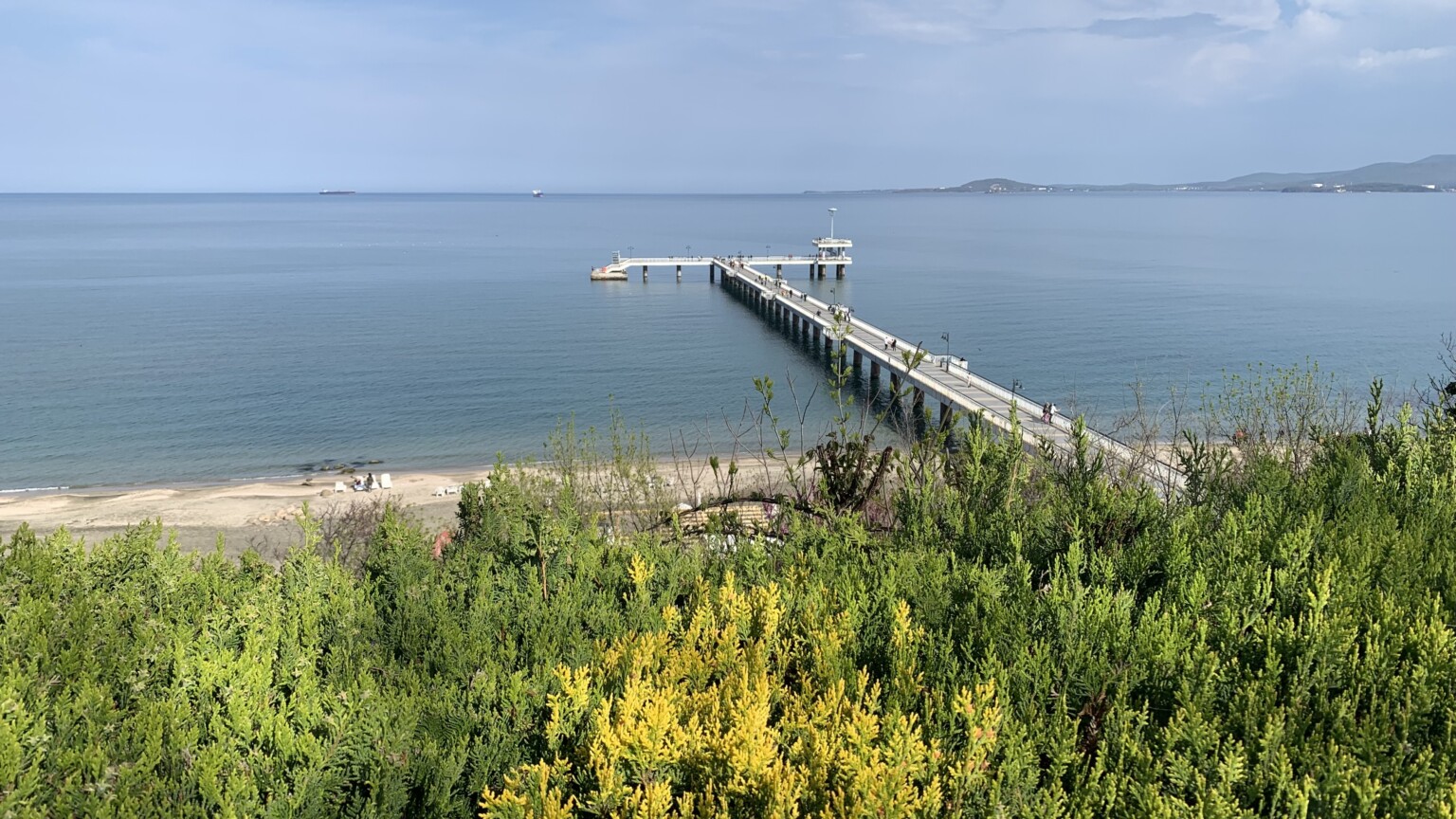
Nessebar
Nessebar, often referred to as the “Pearl of the Black Sea,” is a small historic town located on a peninsula in on the Black Sea, only about a 30-minute drive from Burgas. Known for its rich history dating back over 3,000 years and also as one of the first places in the world where coins were produced. Today Nessebar is a UNESCO World Heritage site, due to its unique blend of Byzantine, Ottoman, and Bulgarian architectural styles. This ancient town is dotted with well-preserved medieval churches, and traditional wooden houses, which makes for a perfect afternoon visit from Burgas.
Sozopol
Sozopol is another small ancient town on the Bulgarian Black Sea Coast that is worth a day trip from Burgas. It’s known for its old town with narrow cobblestone streets and wooden houses with a beautiful promenade along the coastline. In summer this place turns into a popular beach resort among Bulgarians and also hosts cultural events such as the Apollonia Art and Film Festival.
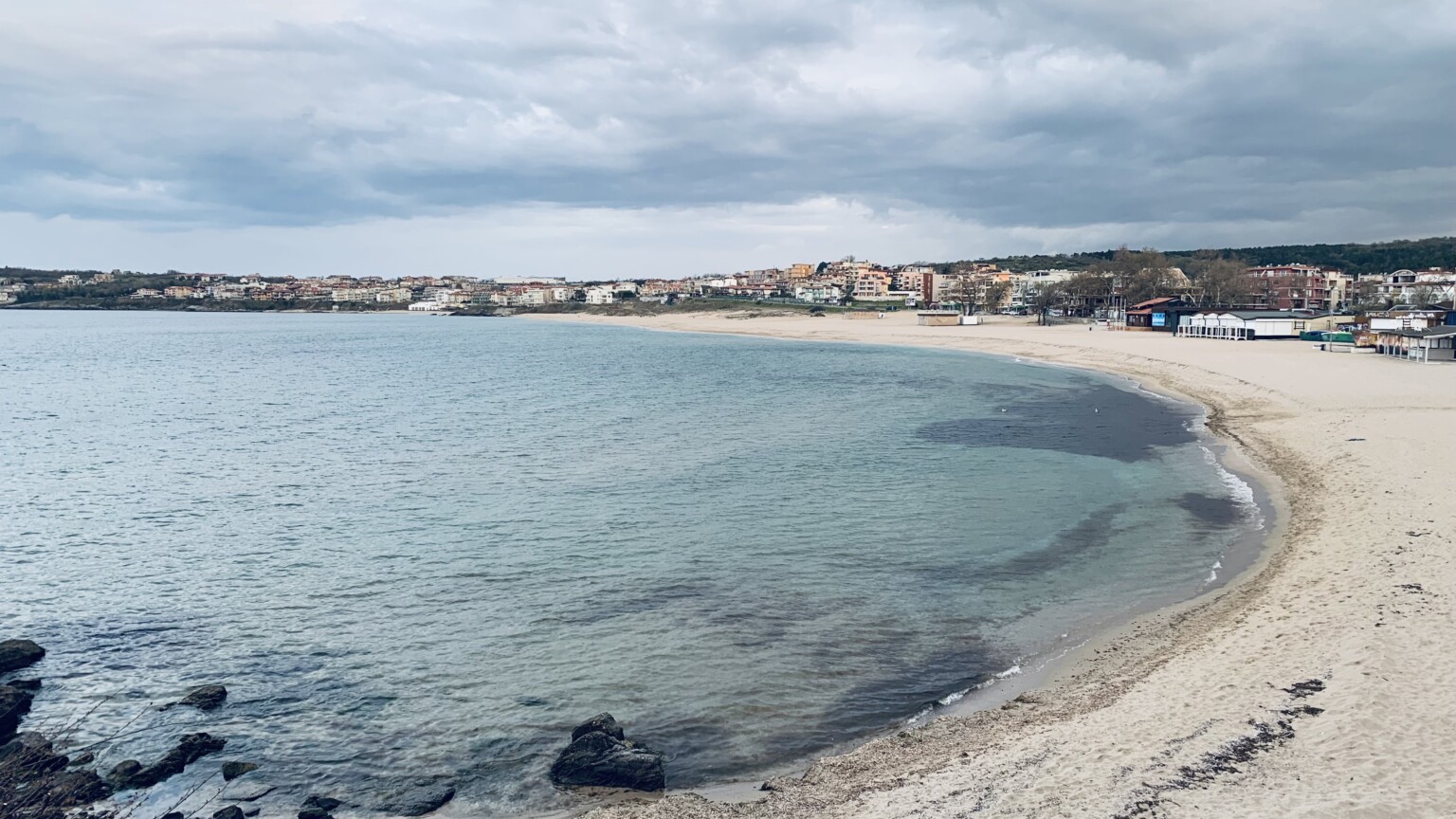
Bansko
Bansko is a picturesque mountain town, situated at the foot of the Pirin mountains. In winter it is a great destination for top-notch skiing at a significantly lower cost compared with Western Europe, while in summer the town is perfect to use as a base for hiking and exploring the Bulgarian landscape by foot.
From Bansko, I recommend that you also take a day trip to the Sandstone pyramids, located near Melnik in southwestern Bulgaria. The Sandstone pyramids are natural formations created by erosion over millions of years. These unique structures, made of sandstone and clay, range in shape from sharp ridges to towering cones, with some reaching up to 100 meters.

Plovdiv
Believe it or not but Plovdiv is actually one of the oldest cities in Europe, dating back over 6,000 years. Impressive, right? Its location in Bulgaria made it a crossroads for various civilizations, such as the Thracian, Greek, Roman, Ottoman, and Bulgarian, each leaving their mark on the city, from ancient theaters and stadiums to beautiful old buildings. This mix of cultures over thousands of years has created a unique historical and architectural heritage, making Plovdiv an interesting place with layers of history visible. In 2019, the city was even named the European Capital of Culture to highlight its cultural richness and diversity. Below you find some of the top things to do in Plovdiv:
Kapana District: Arsty neighborhood, known for its creative vibe, with galleries, craft shops, and cafes.
Old Town: Charming cobblestone streets with colorful 19th-century houses and historical architecture.
Ancient Roman Theater: Well-preserved Roman amphitheater, which still hosts performances today.
Nebet Tepe: Hilltop, great for views of the city and to see the remains of ancient fortifications.
Roman Stadium: Partial remains of a large Roman stadium, right in the center of the city.
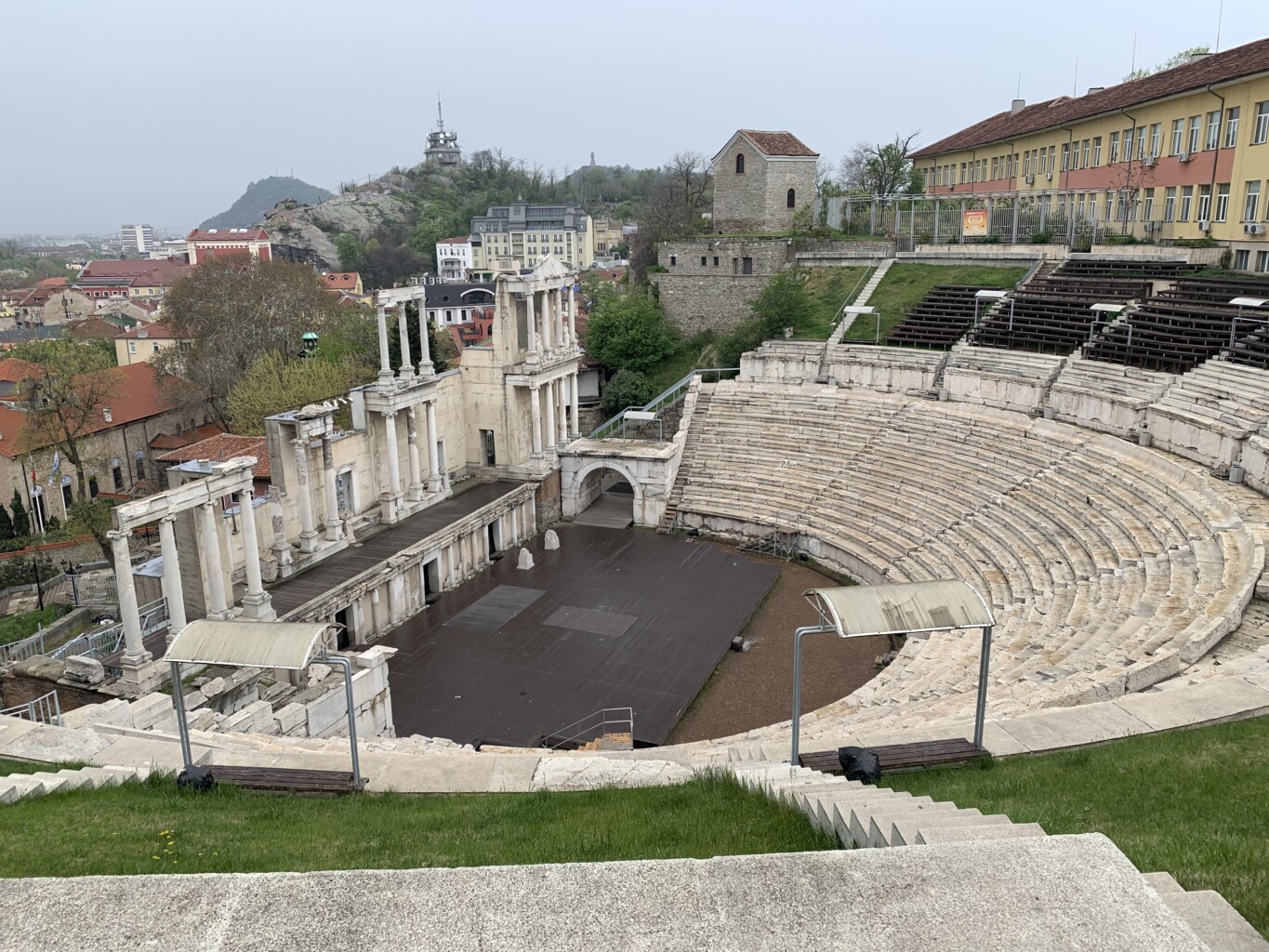
How Many Days Do You Need In Bulgaria?
A week is the ideal amount of time to spend in Bulgaria if you want to see all sides of the country. In one week you will be able to explore its mountain range, the capital of Sofia, several UNESCO World Heritage sites, small villages, the legendary Buzludzha monument as well as the Black Sea coast. With that said, taking a trip to Bulgaria is worth it even if you don’t have a full week to spare, I wrote a whole article where I break down how to best utilize your time depending on the number of days you are looking to spend in the country and encourage you to check it out.
However, to summarize these are the best itineraries to follow, depending on if you are spending 2, 4, 7 or 10 days in Bulgaria:
2-day itinerary
Day 1: Sofia
Day 2: Hike to seven Rila Lakes, Boyana Waterfall or Rila Monastery.
4-day itinerary
Day 1: Sofia
Day 2: Plovdiv
Day 3: Buzludzha Monument & Valley of Roses
Day 4: Veliko Tarnovo
7-day itinerary
Day 1: Sofia
Day 2: Hike to seven Rila Lakes, Boyana Waterfall or Rila Monastery.
Day 3: Veliko Tarnovo
Day 4: Buzludzha Monument & Valley of Roses
Day 5: Burgas
Day 6: Nessebar & Sozopol
Day 7: Plovdiv & Sofia
10-day itinerary
Day 1: Sofia
Day 2: Hike to seven Rila Lakes, Boyana Waterfall or Rila Monastery.
Day 3: Veliko Tarnovo
Day 4: Buzludzha Monument & Valley of Roses
Day 5: Burgas
Day 6: Nessebar & Sozopol
Day 7: Plovdiv
Day 8: Bansko
Day 9: Sandstone Pyramids
Day 10: Sofia
What Is The Best Way To Travel Around Bulgaria?
The best way to travel around Bulgaria is without a doubt by car. Car rentals are affordable and if you are more than one person traveling the cost will be minimal. With a car you will be able to explore the country at a high pace and also not worry about how to get around, just enter your destination into Waze, and off you go. Plug and Play.
If you are however visiting Bulgaria for 2-4 days and are only considering visiting Sofia and Plovdiv, a car would only be inconvenient.
To get between Plovdiv from Sofia, I would recommend that you take the train from Sofia which leaves multiple times a day. Tickets cost around 52 BGN and take between 2 h 30 min to 3 h.
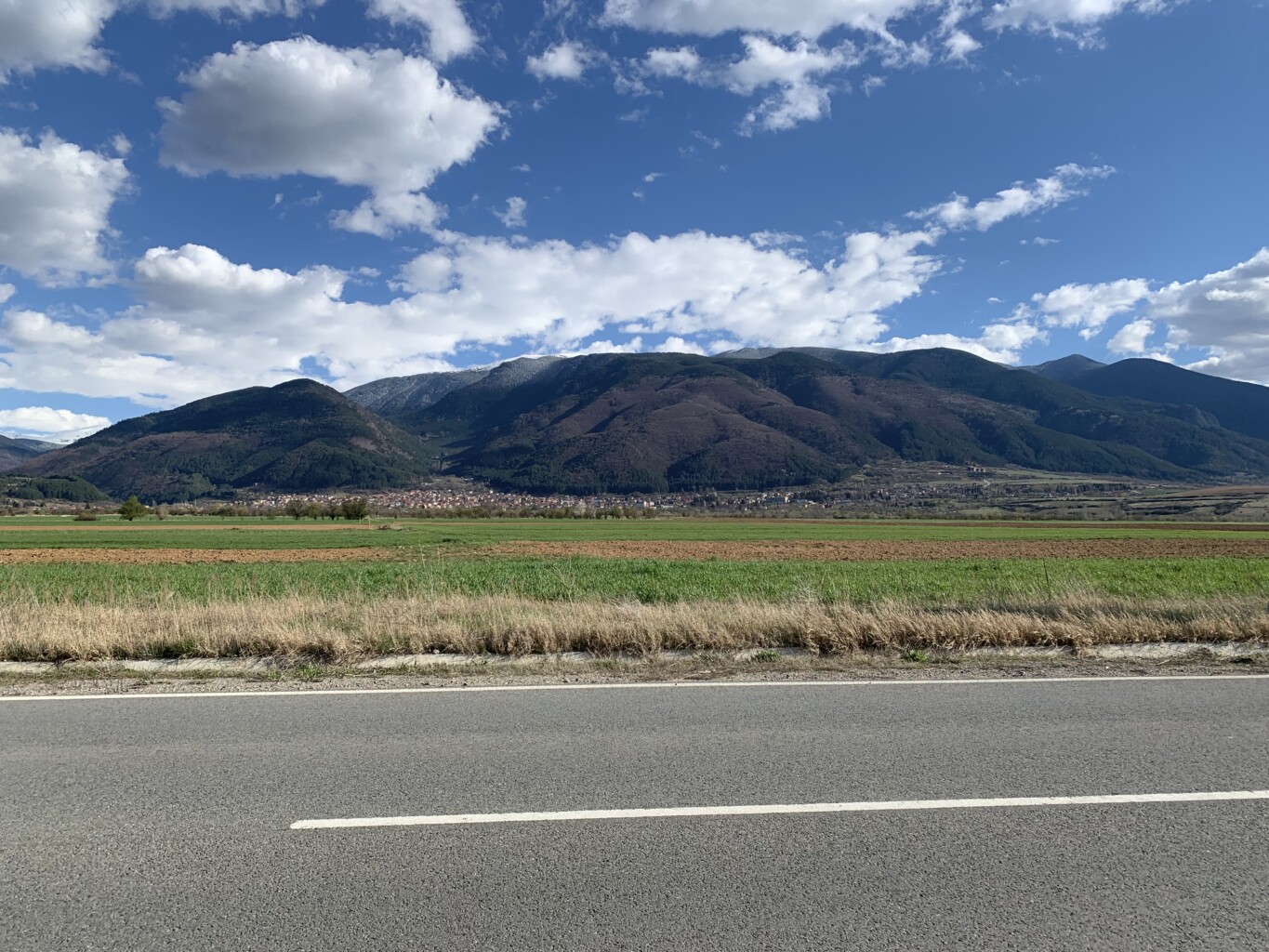
Is Bulgaria Safe?
Bulgaria is generally considered safe for tourists. The country has a low crime rate compared to other European countries. Petty crimes like pickpocketing and bag snatching are the most common forms of crime, especially in crowded places and on public transport. Violent crimes against tourists are uncommon.
However, tourists should also be aware of taxi scams, particularly in Sofia and at the airport, where some taxis may overcharge. It’s advisable to use reputable taxi companies (Yellow Taxi, OK Supertrans, or Green Taxi) or one of the popular taxi apps, such as Bolt, Yellow Taxi or Taxime (Uber does not operate in Bulgaria). Additionally, while road conditions in cities and major towns are good, some rural areas may have poorly maintained roads, but overall I found the roads to be in decent condition (I have definitely seen worse).
In terms of health safety, tap water is safe to drink in cities and towns however it might not always taste the best. In rural areas, it’s recommended to drink bottled water. Medical facilities are generally good in major cities but can be limited in remote areas.
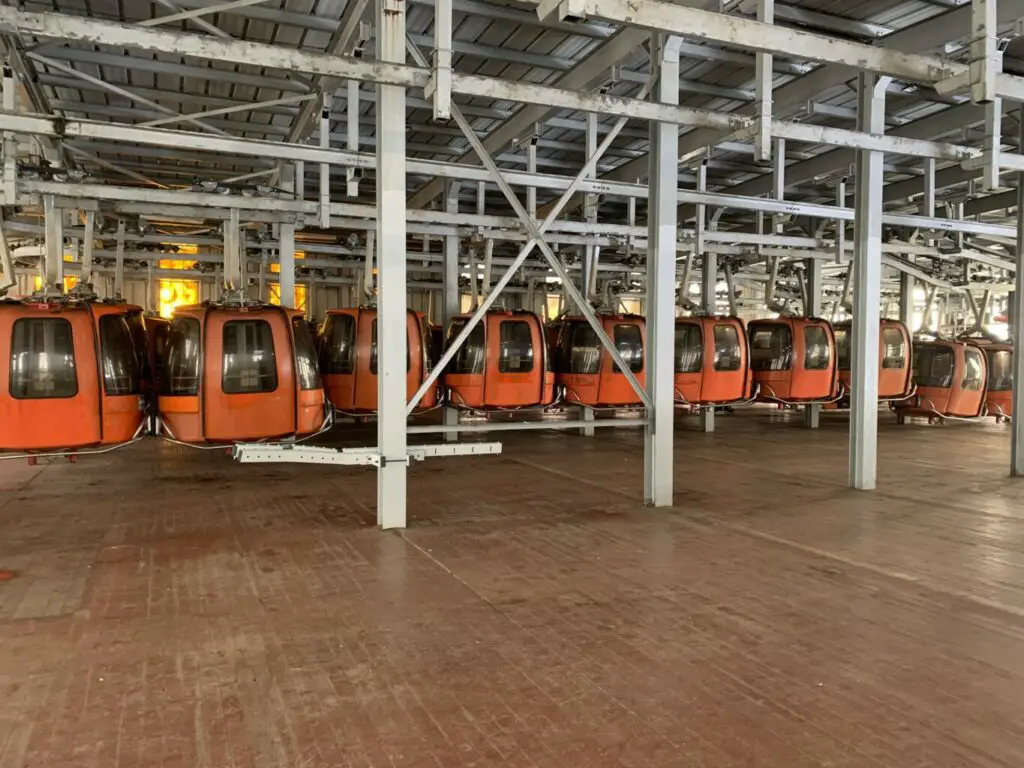
Conclusion
So there you have it, my top things to know before traveling to Bulgaria! While I might not place Bulgaria high on my list of countries to revisit, remember, this is just my opinion. It’s crucial to form your own opinions, and the best way to do that is to visit the country and see for yourself. I can’t count how many times my perception of a country was nearly the opposite of what I read on blogs or heard from others. Rest assured, you’ll never regret the experiences you’ve had, only the opportunities you’ve missed.
